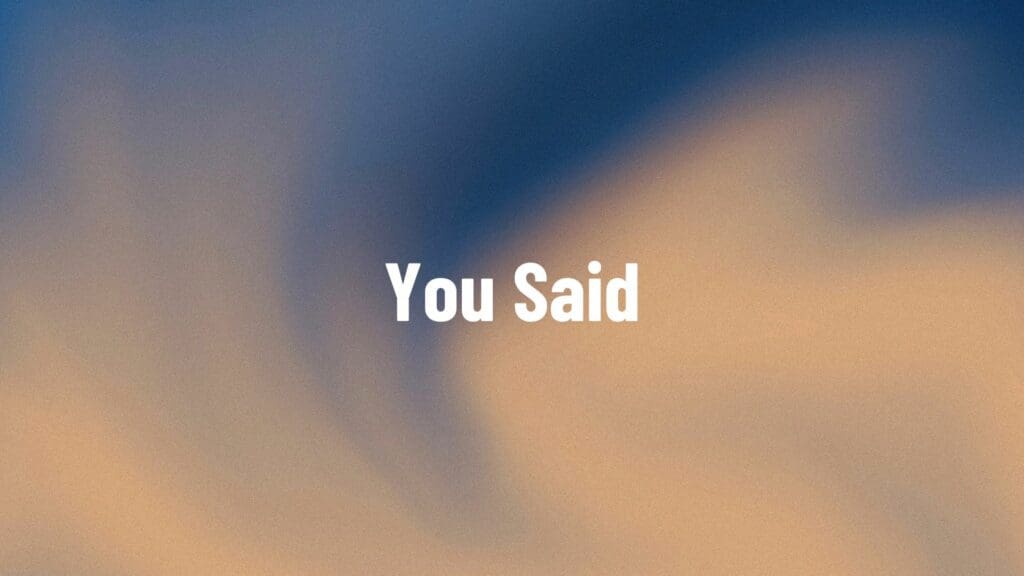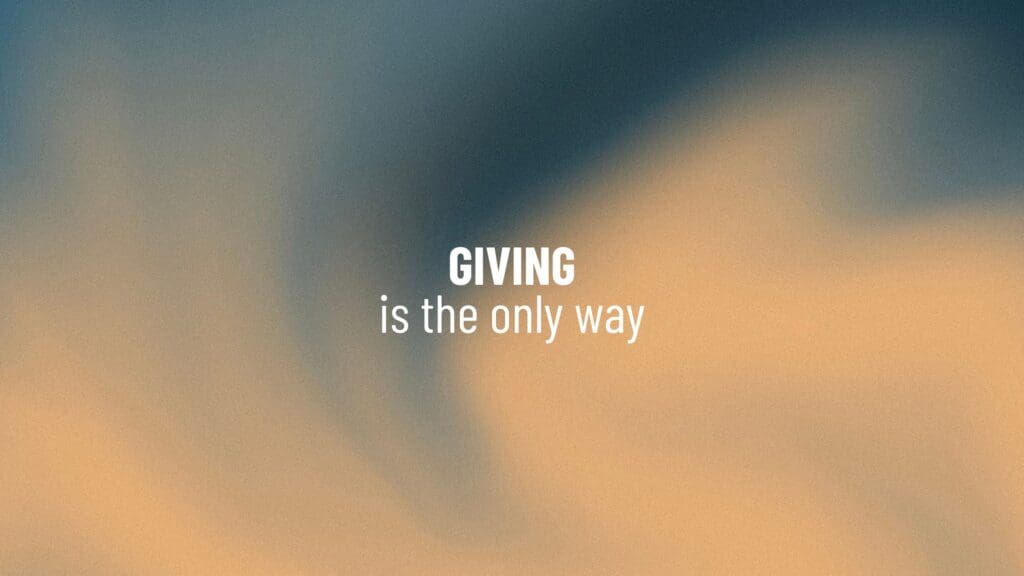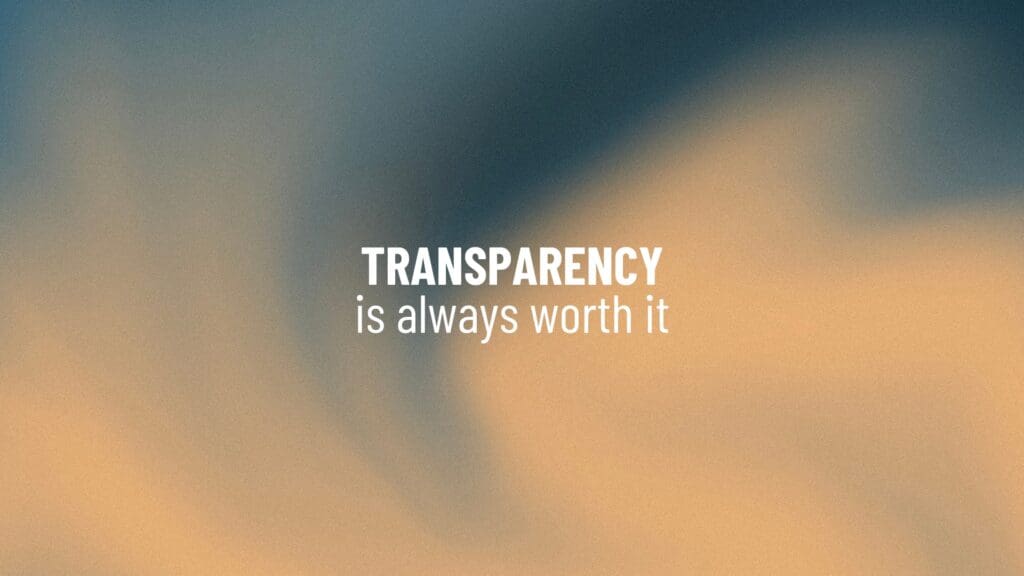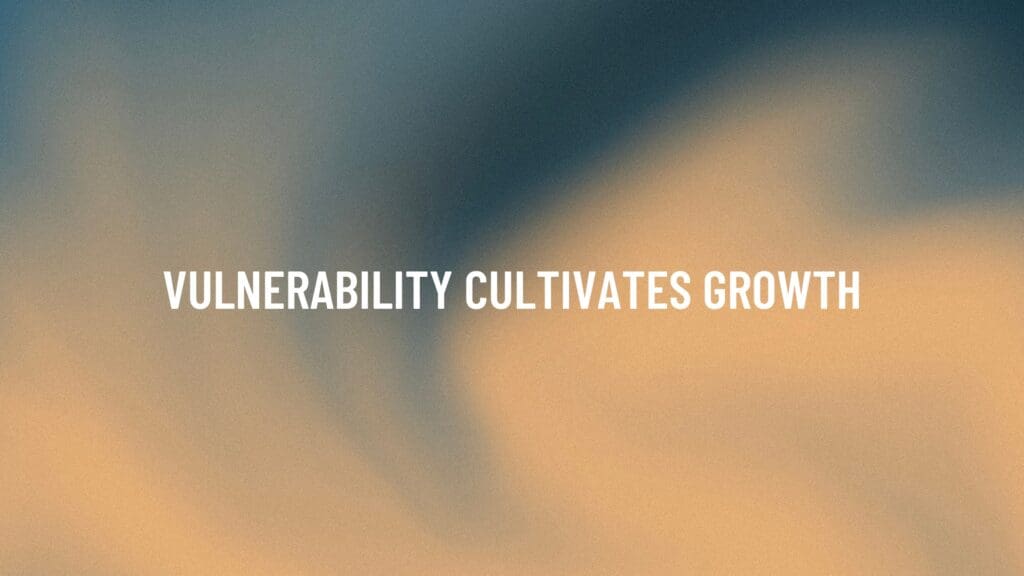
Old School Leadership Model | On the Brink of Extinction
By Tyler Head
A couple of days back, during a meeting with a client, we discussed a significant difference in leadership styles that are often overlooked but knocking on your front door. Allow me to set the scene.
“Leader A” knows the way, as does “Leader B.” Both of these individuals oversee ten or more directors that lead a vast majority of the people in the company; let’s say 80% of the employees report to these ten or so directors, and both of our Leaders (A&B) are charged with the task of leading these 10. So it’s easy to see from the outside that the roles of Leaders A & B are to serve and develop the ten directors they oversee.
Nonetheless, a problem arises when a couple of directors in entirely different locations have similar issues with their production— thus highlighting an internal problem that the directors need to address immediately.
- Leader A flies into town early morning, where the facility is running, immediately meets with the director, and addresses the problem head-on by telling the director what, how, and when to fix it. Directly after the initial meeting, Leader A proceeds to walk around the facility with the site director and point out other problems noticed while the site director silently follows them around. Upon finishing this “inspection-like” approach, Leader A and the site director have a late lunch. During lunch, Leader A begins to share the observations while the site director jots notes down, slightly discouraged but motivated to “do better.” Then it is off to the airport for Leader A.
- Leader B flies into the airport evening before the scheduled time with their site director and takes the site director out to dinner. During that dinner, Leader B navigates the conversation with the utmost emotional intelligence by first asking about their life outside of work, simply conversating leisurely with the site director making a point to know the human first, not just their job. After all, the site director is a 150,000 dollar-a-year investment, and their leadership directly affects a tenth of the company’s sales. The following morning, Leader B brings in coffee and doughnuts for the on-site employees and spends the first 20-30 minutes shaking hands and learning their names and roles on the ground level. Then Leader B proceeds to walk around with the site director asking tons of questions and taking notes while the site director comments on what’s going well and what’s not. Following that walk-through, Leader B and the site director sit down to discuss observations. The site director asks for feedback and discusses challenges and where they believe the issues are regarding the lower production rates. Leader B offers advice, empowers the site director to implement what they discussed, and sets a follow-up zoom call in 4 weeks to continue the discussion and hear how things are going.
Both Leaders A & B got the job done. However, leader A’s trip cost less money and time but left a much more negative wake in their approach as a whole. Leader A missed a critical opportunity to build a relationship of deeper trust with the site director, gain collaborative insight at a grassroots level and raise morale with the entire team.
Leader B’s trip cost money and a bit more time, but the wake left from that interaction will provide a literal 10-fold on the initial investment. The site director was reminded they are cared for, believed in, and trusted, not to mention they were challenged to be better rather than simply do better. Leader B made it clear that there is a shared purpose when he came in and listened first, asked questions, listened again, and was naturally invited into helping the site director make changes.
As organization-leaders, let us not grow weary or confused about where our time and energy must be spent because, without the right people in the right place, your organization will fail. What you witnessed from Leader A has worked in the past, but times are changing. That method is not working near as well or for as long as it did. DRYVE Leadership is willing to bet that that “old school” way of leadership will be extinct in less than ten years, not to mention the questionable wake that it leaves.
Take note. When you choose to engage your team with mutual respect and invite them into meaningful dialogue, shared purpose happens. This approach will cultivate your company’s culture from the inside out.
We aren’t throwing stones because it’s not about which leader you have been. However, the question still looms…Which leader will you be?
At DRYVE Leadership Group, we understand the necessity of this leadership shift; our system will transform your culture from the inside out. Let’s engage in some meaningful dialogue. Contact us today!
Are You The Wrong Bus?
Written by Randy Mayes Popularized by Jim Collins in his book Good to Great, the phrase “Get…
Why Is Trust So Important
Written by Randy Mayes | DRYVE Leadership Coach Why Trust Is So Important People do what they…
Shaping Your Organization
Written by Tyler Head | DRYVE Leadership Coach Shaping your Organization Three Questions that Will Shape Your…
Giving is the only way
Written by Brandon Welch | Frank & Maven “How to keep employees” It’s a phrase that was…
Transparency is worth it.
Written by Richard Ollis | Ollis, Akers & Arney Transparency is an interesting aspect of business that…
Vulnerability Cultivates Growth
Vulnerability requires practice. Endurance Training is much less about repetition (doing it exactly the same) and much…
What did you expect?
One of the popular sayings I heard early in my management career was “people don’t do what…
Do you celebrate?
Imagine how your culture would shift if you put as much energy into celebrating your team’s achievements…
If you fail to plan, you are planning to fail.
“…we used to experience disruptions followed by periods of stability, change now is increasingly perpetual, pervasive, and…










